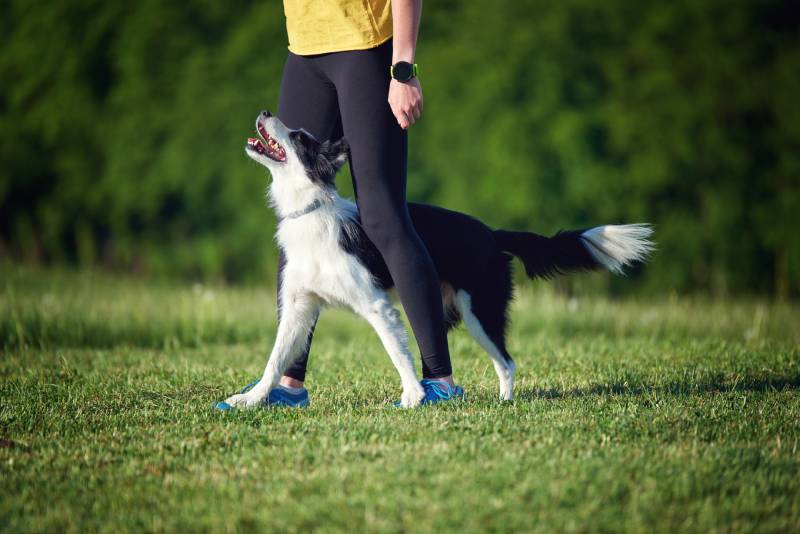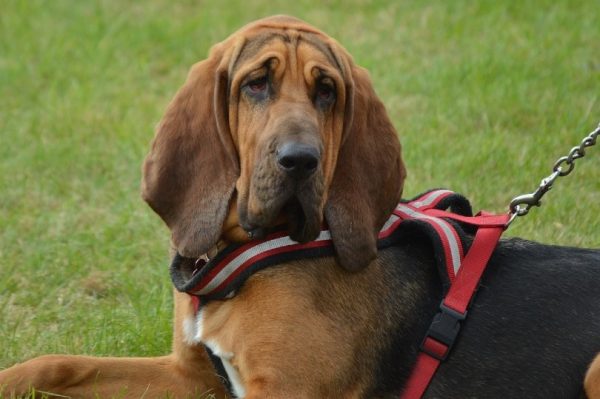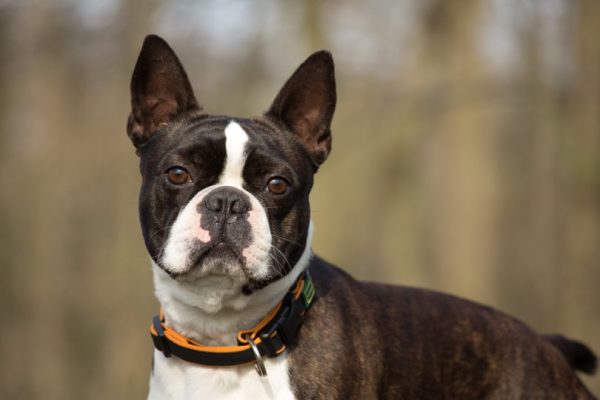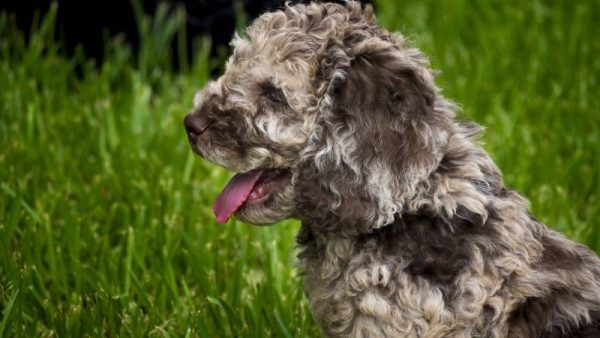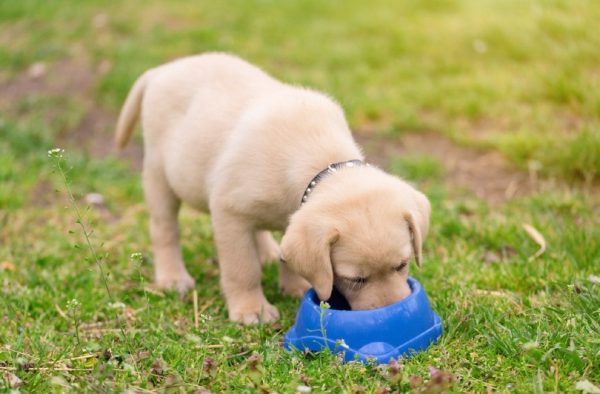We’re all pretty familiar with the Border Collie. They’re gorgeous and highly intelligent, and they make incredible working dogs and companions. If you’ve been thinking about bringing a Border Collie into your family, knowing how easy or challenging they can be to train is essential.
If you’re unsure how to start training the Border Collie, we have an easy guide full of tips on the best methods.
How to Train a Border Collie
1. Research the Breed
Before considering bringing a Border Collie home, you need to learn as much as possible about them. Borders have long topped the most intelligent dog lists for their working intelligence 1. They make excellent pets but aren’t for everyone since they have an almost unlimited amount of energy and need more exercise than most breeds.
If you don’t plan on using them as a working dog, you’ll need to provide plenty of vigorous exercise. However, training can be relatively easy due to their high intelligence and eager-to-please nature.
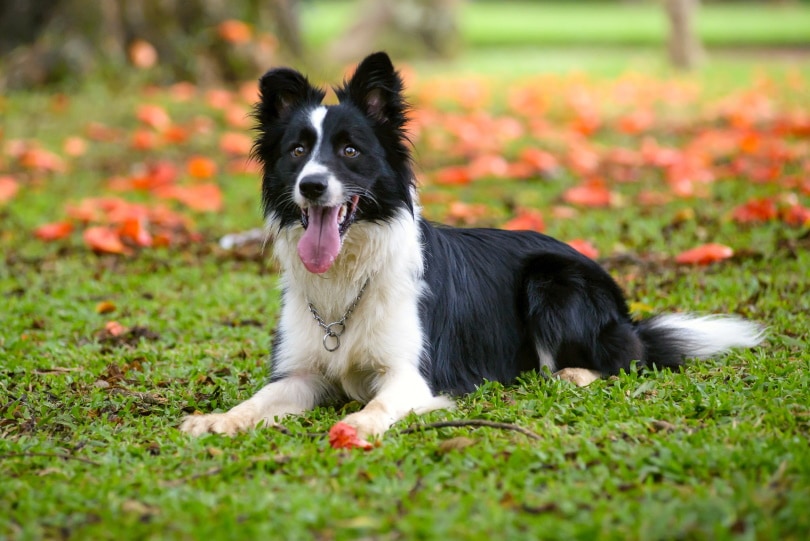
2. Start with Socialization
Socialization is essential for all breeds, particularly the Border Collie. You must expose them to as many people, animals, and environments as possible. This is essential for puppies, but if you’ve adopted an adult dog, you can still socialize them.
Borders were bred to be sheepdogs, so they have strong herding instincts and will attempt to herd everyone they can, which involves nipping at the heels. Socializing them will keep them in check and they will be less reactive when you start the training sessions.
3. They Are Never Too Old or Too Young for Training
You should start training your puppy as soon as you bring them home. Eight weeks of age is old enough for training, and you can start with basic commands, such as sit and come. You’ll also be focusing on housetraining as well as crate training.
Keep the training sessions short, about 5 to 10 minutes, and end on a positive note (usually lots of praise and a treat and even a play session with you). Again, if you have an older dog, you can still train them. Forget about the “can’t teach an old dog new tricks” saying.
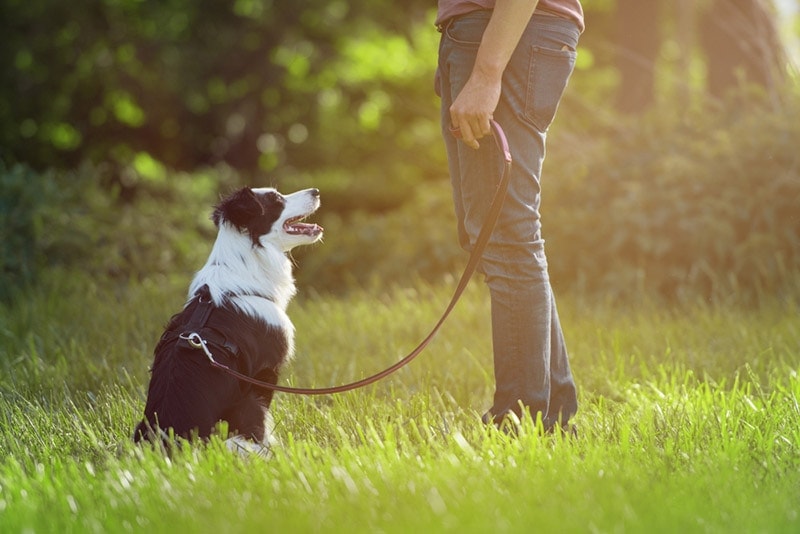
4. You Need a Training Schedule
When training your pup, you’ll need to create a schedule, make it a part of your daily routine, and stick to it. A Border Collie excels when they feel they are working. Having a schedule is also a good way to ensure you stick to it without distractions, allowing you both to focus on the training.
5. Exercise First
Before you settle into a training session, you’ll want to burn off some of the dog’s excess energy. Take them for a walk, get them running at the dog park, or do whatever you need to do to help them burn off energy.
Don’t go crazy and tire them out to the point where they want a nap instead of training, but just enough to get them in a calmer and more attentive frame of mind is ideal.
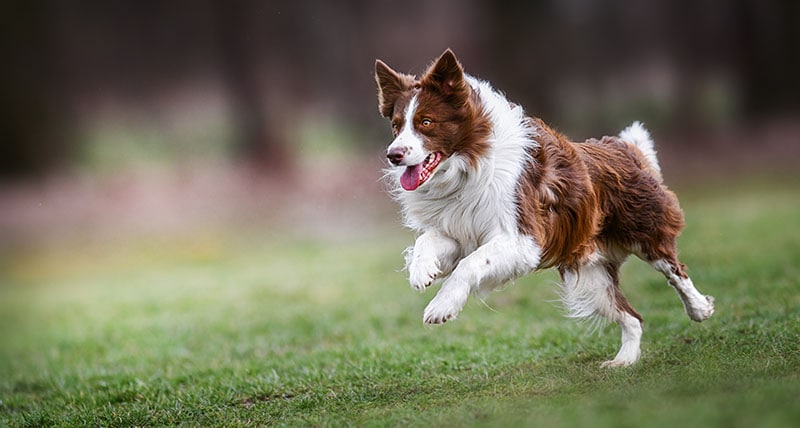
6. Come Prepared
Before starting the training session, you need to be prepared with the necessary tools. This should include treats and any other tools your dog responds to (like a favorite toy as a reward). Also, depending on what you’re currently training them for, you’ll want to have your dog’s leash. Always be prepared.
7. Short Training Sessions
Young puppies should only have about 5 to 10-minute training sessions. As your dog ages, you can make the sessions a little longer, but you’ll want to aim for 10 to 15 minutes about once or twice a day.
Because of their energy levels, it will be challenging to keep them focused for longer periods. It’s far more effective to keep them short. This will allow you to end on a positive note. Your dog will look forward to the next chance to win, maintaining the overall value of the training sessions.
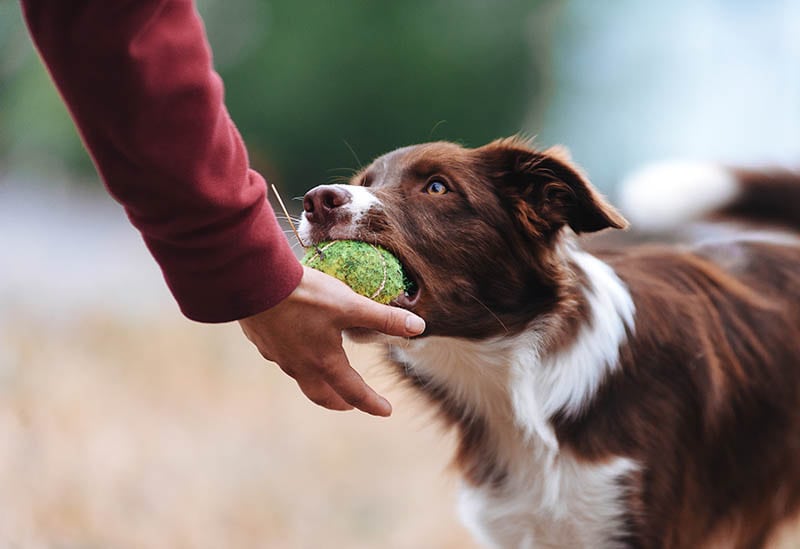
8. Crate Training
Crate-training your dog isn’t necessary, but it is an excellent way to ensure they are housetrained. It also gives them a sense of security; they can go into the crate when they want to sleep or when they are stressed.
You can start crate-training your Border when they are 8 weeks old, and it will eventually become a place of comfort for them.
9. Leash Training
Border Collies must be on a leash because their urge to chase and herd animals will overtake everything. Leash training is essential because they also need to learn not to pull and how to walk next to you calmly. You can start leash training by about 10 weeks of age.
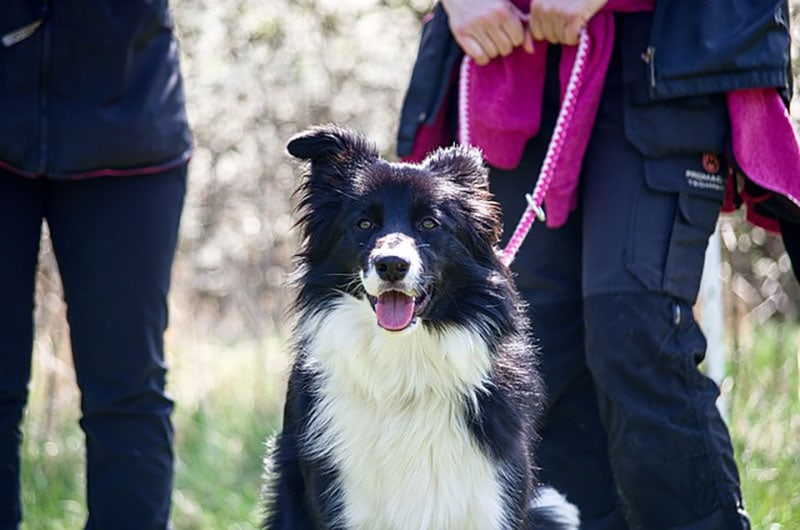
10. Recall Training
Teaching your Border Collie recall can start as early as 8 weeks. This is important because you need your dog to come to you when you call. This is particularly essential for times when they are off-leash.
You’ll start the training when your dog is a short distance away and gradually increase the distance. You can also try adding distractions so they will listen when you call when it’s necessary. Recall should always be well reinforced, as it is incredibly important for your dog’s safety.
11. Clicker or Whistle Training
Border Collies respond well to clicker or whistle training. Many shepherds use a whistle to issue commands to their Border Collies. Clickers and whistles are effective tools that reinforce good behavior. This is a more advanced training technique, but your Border will learn good behaviors quickly.
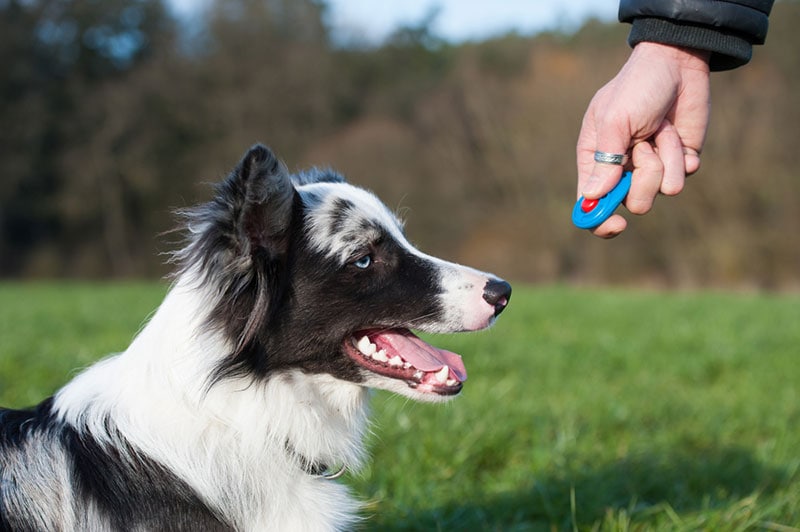
12. Positive Reinforcement
Positive reinforcement is everything when it comes to training! When your dog does something right during a training session, no matter how easy or basic it is, they should receive a treat and lots of praise.
This will show your Border that they did a great job and made you happy.
13. Patience and Gentleness
Never speak harshly or punish your dog when they aren’t picking up the training or are acting stubbornly. Highly intelligent dogs can also be headstrong at times.
They are sensitive dogs, so they should be treated with love, gentleness, and patience. You should also be firm, but you don’t want your dog to fear you. Patience is everything with the Border Collie.
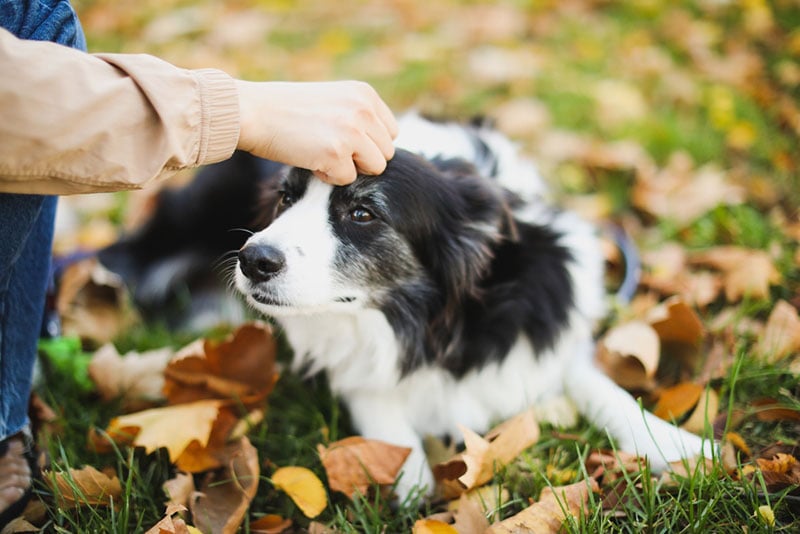
14. Obedience Class
Obedience classes can supplement your training by reinforcing the basic commands and teaching more advanced skills. They will also get to socialize with other dogs. You can enroll them in obedience puppy classes when they are 8-10 weeks old, provided they started their vaccination schedule and at least 7 days have passed since their first round of vaccines. If you have an adult Border Collie, they can also go to obedience classes. You will appreciate them learning to be attentive and obey, but make sure the trainer uses only positive methods.
If you are struggling with your dogs behavior, we suggest speaking with a vet
If you need to speak with a vet but can't get to one, head over to PangoVet. It's our online service where you can talk to a vet online and get the advice you need for your pet — all at an affordable price!

15. Advanced Classes
Because Border Collies prefer to do a job, it can help to enroll them in herding, agility, tracking, and rally classes and competitions. They are also excellent at flyball and flying disc. Engaging your Border in these activities will keep them busy and make them happy.
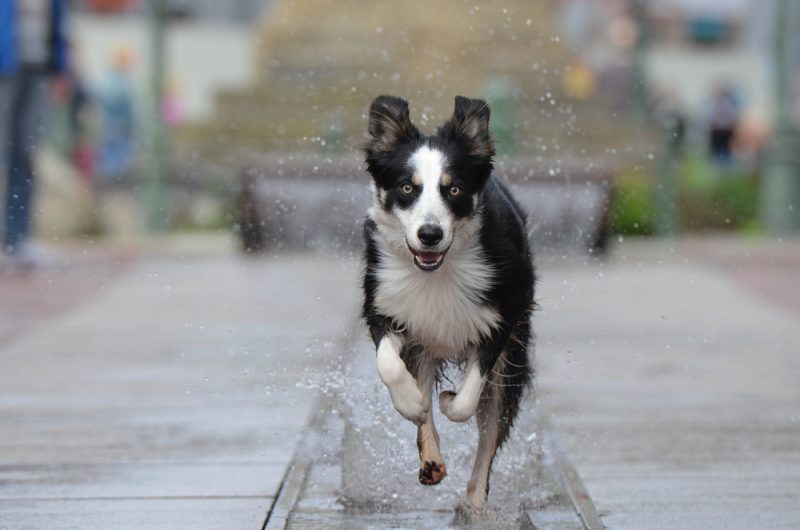
Final Thoughts
If you are planning on adding a Border Collie to your family, you should read up on the best training techniques. Tackle the training steps one at a time, and remember to be firm but gentle and patient!
If you follow our tips and you’re prepared to train a very energetic dog that will take to training well, it shouldn’t be too challenging. As one of the world’s smartest canines, Border Collies learn quickly and seem to enjoy training.
See also:
Featured Image Credit: sonsart, Shutterstock

